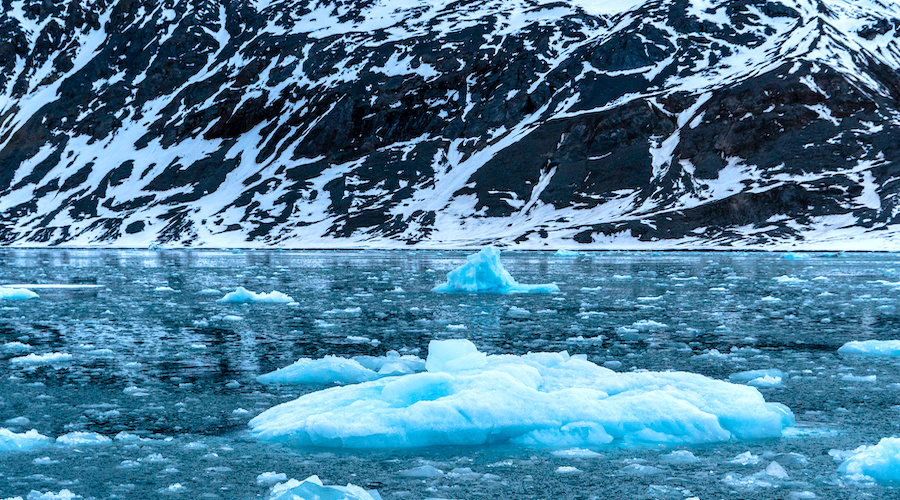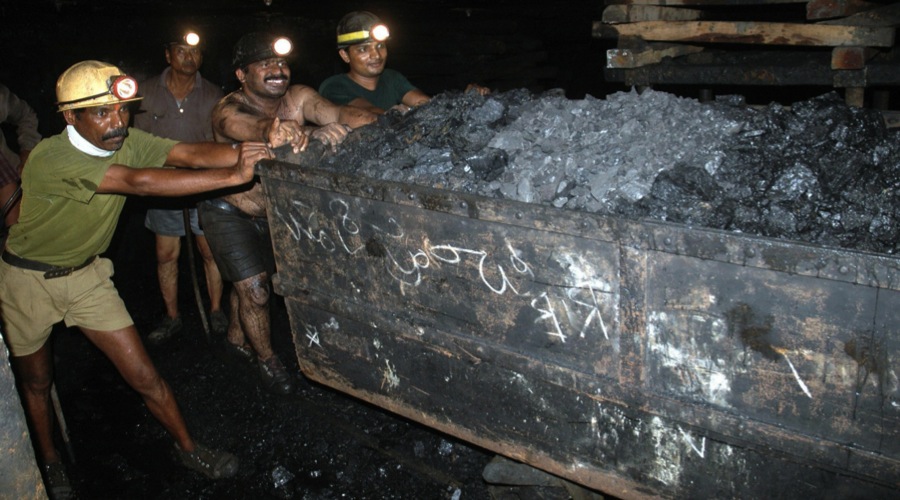The deaths to come
Rafia Zakaria Published September 20, 2023

THE situation in the country has become dire. For the past year, nearly every month has brought with it a feeling of foreboding. This, many Pakistanis routinely tell themselves, is certainly the lowest and worst point.
To offset paying more than double the usual price for basic goods, they ration every drop of petrol by seeking alternative transportation options, buying less food, cheaper food, the cheapest food — but nothing seems to work. The continuing political instability, one government after another, the ever-looming threat of military intervention and the general uncertainty have not helped the situation.
All of this has happened, but there seems to be more in the offing. The regular hikes in the price of petrol, the imposition of electricity tariffs and increase in the sales tax have all turned an already unbearable situation into one that is potentially catastrophic.
Despite holding cabinet meetings on the issue of high electricity rates — a consequence of the deal with the IMF — the caretaker prime minister is unable to act against the exorbitant tariffs. Human Rights Watch has requested the IMF to review the impact of economic adjustments in countries where vulnerable groups will be affected. However, so far that help has not been forthcoming here.
There are only so many corners to cut, only so much water added to milk, sawdust added to flour and pebbles eaten with lentils. After some time, there is only water and no milk, only sawdust and no flour and only pebbles and no lentils. The latest increase in prices, which is apparently necessary to sustain the deal with the IMF, points to such a situation. For political scientists researching political decisions, matters proceed according to what people assess to be in their self-interest.
But such calculations break down when the people have nothing to lose. In Pakistan, there will soon be millions of people whose lives have been so utterly wrecked by unchecked inflation and the unaffordability of even basic goods that their reactions to hunger, homelessness and hopelessness will be entirely unpredictable.
Those whose lives are not immediately threatened by the unavailability of food and housing will possibly die in other ways. For instance, one of the major industries in Pakistan that is being affected by the economic crisis is the pharmaceutical industry. Banks are unwilling to open letters of credit due to the continuing lack of foreign exchange. For the current set-up, the pharmaceutical industry is an area of concern.
The foreign exchange shortage means that the country may be hurtling towards a dearth of lifesaving drugs and the raw material needed to manufacture them. One example of this was when Panadol became unavailable last year. While it is not a lifesaving drug, the fact that there was a shortage of such a commonly used medicine, which then persisted, reveals the weaknesses in the market.
After some time, there is only water and no milk, only sawdust and no flour and only pebbles and no lentils.
Add to this the fact that there has been an ongoing pricing dispute, with drug manufacturers saying that because of the increased price of imported raw material required to make drugs, they wanted to hike prices by almost 40 per cent across the board
The problem is that without material to make the drugs there simply will not be sufficient medicine available to the people who need them. It does not appear that anything else is being done to avert this crisis or solve the impasse. It is terrifying to consider what would happen if drugs required by diabetics or basic broad-spectrum antibiotics are suddenly off the shelves.
Pakistan’s poor are desperate and have been so for a long while now. This latest economic crisis is going to alter the class demographics of the country in irreversible ways. Those who belong to the lower middle class will likely fall into poverty and the poor will become desperately poor.
Only those in the middle or upper middle class who survive on remittances will manage to hold on for a while, but their investments in property or other Pakistani assets are likely to be devalued as Pakistani currency loses more and more value, despite making short-term recoveries. All of this will mean dependence on the black market for medicines and any kind of goods that are not manufactured in Pakistan using Pakistani materials. In fact, it is unfortunate that very little is manufactured in Pakistan from purely indigenous material.
Many analysts have sounded the alarm in recent months over the country’s dire political and economic situation. Not only have the warnings and assessments of these analysts been ignored but the crisis has exacerbated thanks to the ever-more reckless actions taken by existing government officials.
The switchovers from one to another and then another set-up has made accountability elusive. The possibility of future accountability via elections also seems remote given the political instability that has been witnessed for several months now. This means that the country has fallen into a state where people are doing whatever they can and get away with breaking the rules. For those who follow the rules, pay taxes, vote and hope for a democratic country run based on laws, this is terrible news.
The only class of Pakistanis that have been untouched and will remain untouched by the hell that has descended upon the people are the rich and the ultra-rich. With all their assets safely stowed away in Dubai or some similar financial haven, they can talk about the current circumstances as if they were just another topic for an after-dinner conversation.
As things become worse and worse, these people will leave for their offshore havens, so the poor who have nothing left to lose cannot come after them. Meanwhile, innocent, honest, good and worthy Pakistanis will die because they believed in a country that did not believe in them.
The writer is an attorney teaching constitutional law and political philosophy.
rafia.zakaria@gmail.com
Published in Dawn, September 20th, 2023
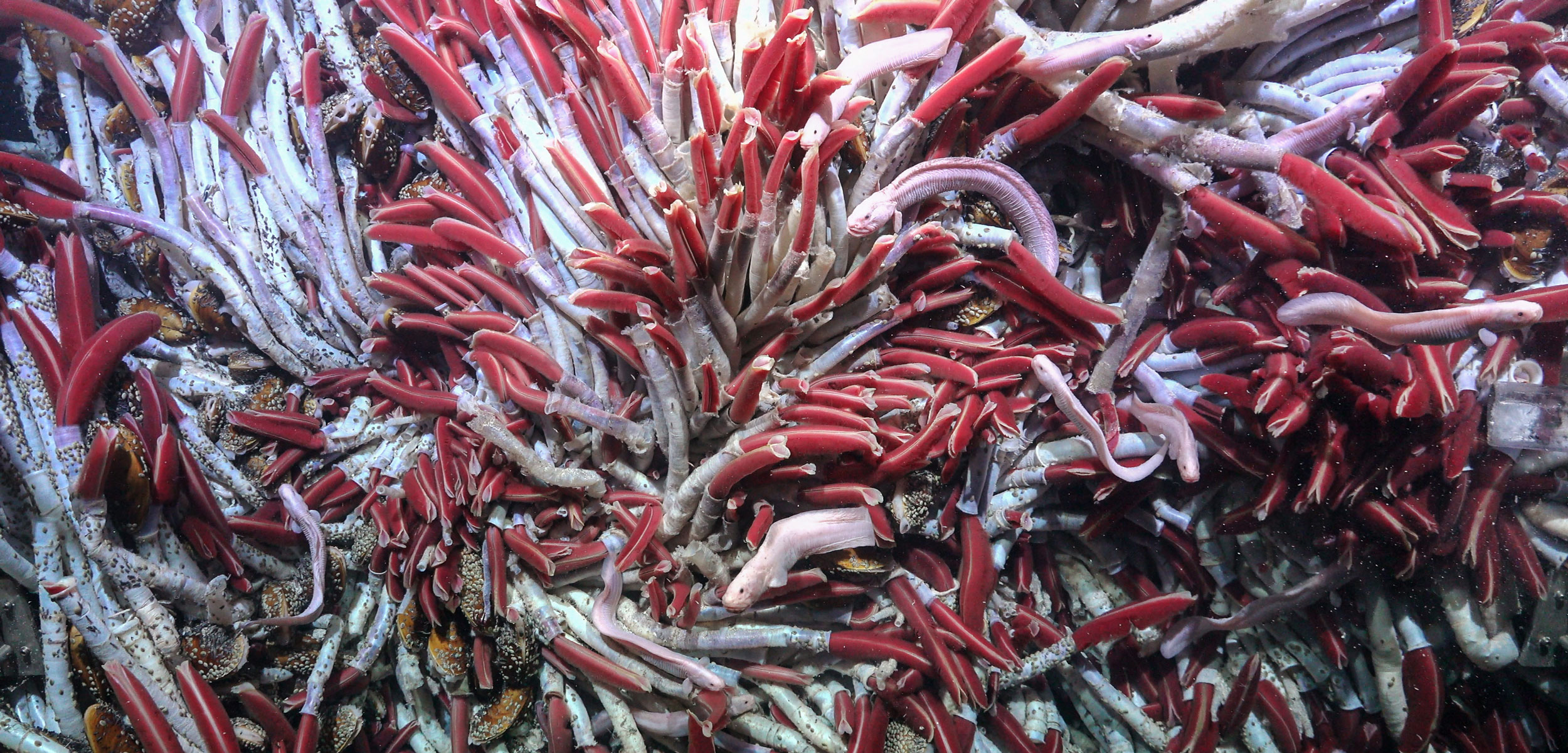
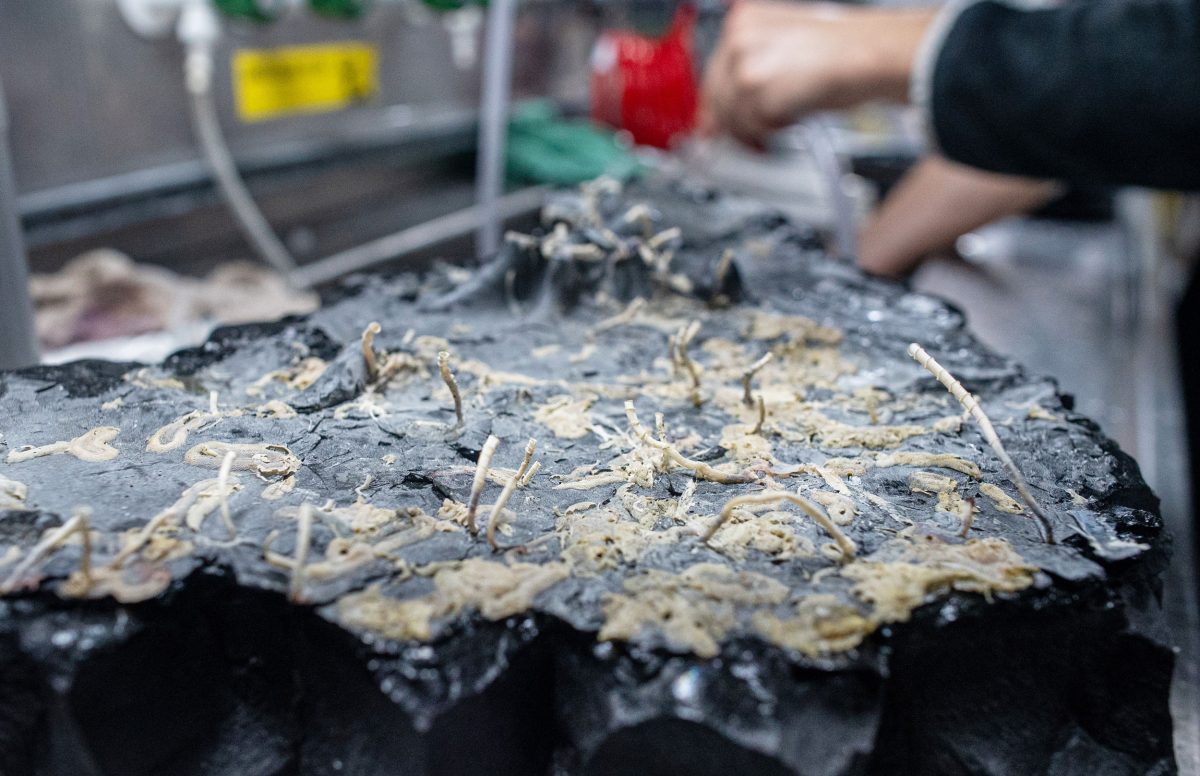

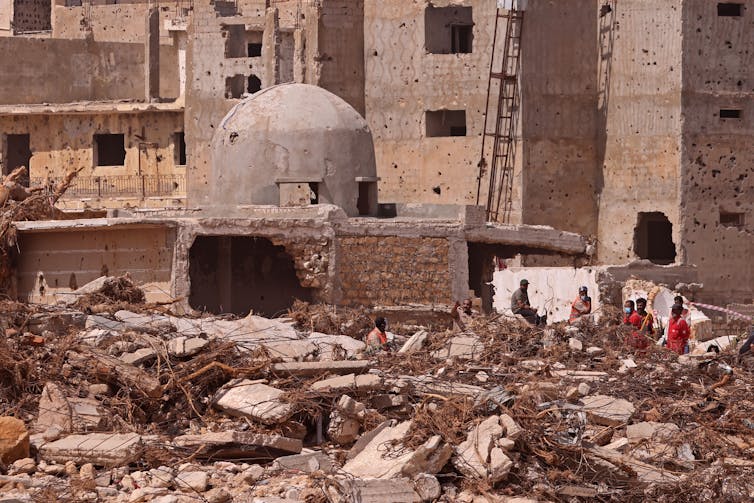
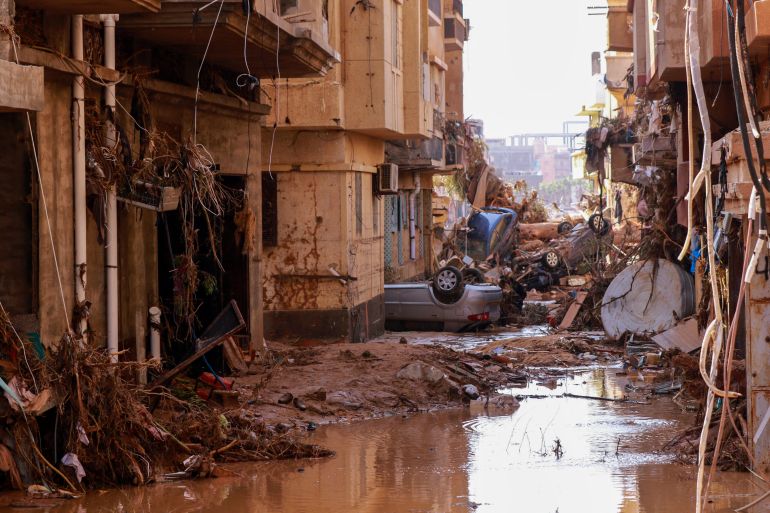 Overturned cars lay among other debris caused by flash floods in Derna, eastern Libya on September 11, 2023 [AFP]
Overturned cars lay among other debris caused by flash floods in Derna, eastern Libya on September 11, 2023 [AFP]
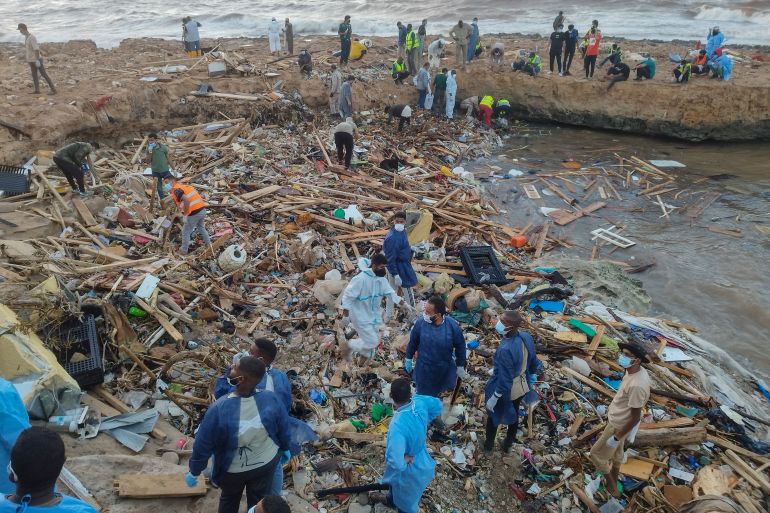 Rescuers and relatives search for bodies of victims in Derna [File: Abdulaziz Almnsori/AP Photo]
Rescuers and relatives search for bodies of victims in Derna [File: Abdulaziz Almnsori/AP Photo]



